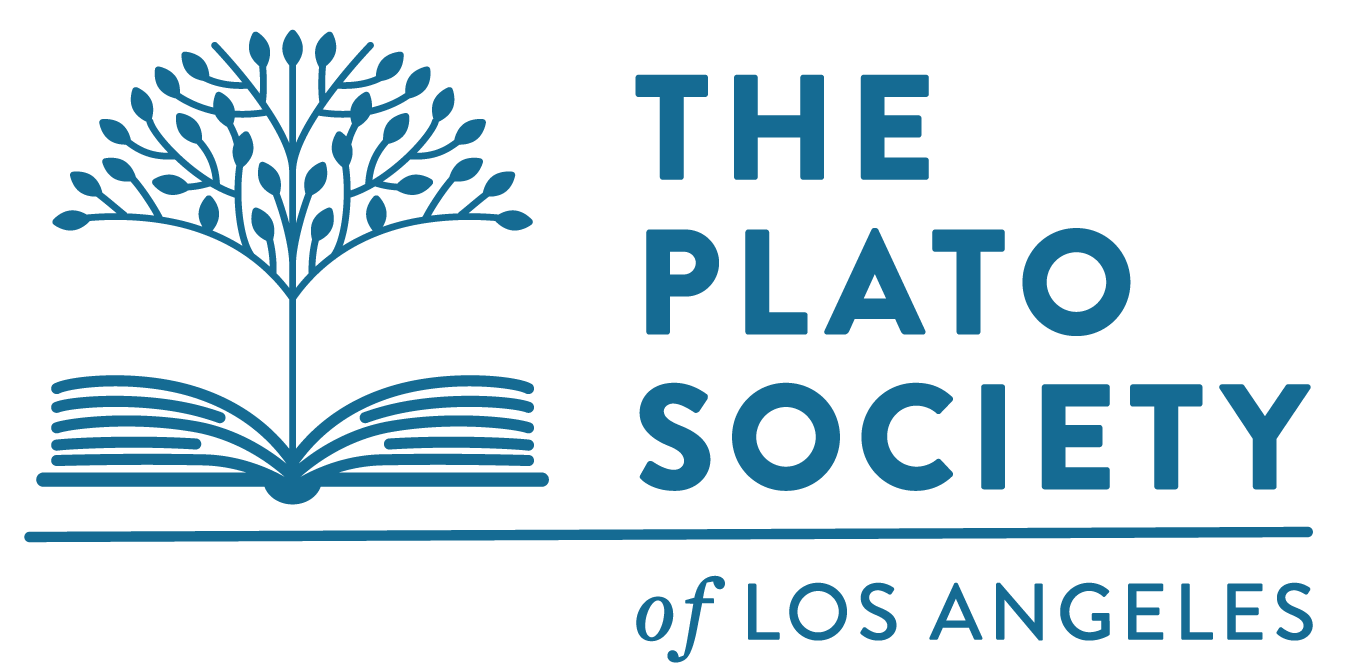One of the many important consequences of the First World War was the collapse of the Austro-Hungarian Empire, the last remnant of the once great Habsburg Empire. We cannot truly understand the history of Europe, indeed of much of the world, from the 15th until the 20th centuries without understanding this remarkable dynastic family.
In a concise, and highly readable history of the Habsburgs, Professor Martyn Rady traces their rise from the late 10th century, when they possessed a few villages in the Upper Rhine, to their becoming the dominant political family of much of western and central Europe, the rulers of the Holy Roman Empire, and in the 16th and 17thcenturies, the rulers of the world’s first truly global empire. At its peak, the Austrian Habsburg lands included, not only Austria, but Hungary, Bohemia, Serbia, Bosnia, the Netherlands, Belgium and Luxembourg, Milan, Naples, Lombardy-Venetia, Sicily, and Dalmatia (Croatia). And the Spanish Habsburgs ruled Spain, Portugal, the East Indies, territories in Africa, Asia, and Southeast Asia, Malta, Oran and much of South and North America (including Los Angeles, California).
Through our study of the Habsburgs, we will meet a fascinating cast of characters, and we will delve into many events that changed the course of history, such as the rise and fall of the Holy Roman Empire, the Thirty Years War, the Renaissance, the division of the empire between the Austrian and Spanish Habsburgs, Europe’s struggle against the Ottoman Turks, the exploration of the Americas and Asia by explorers such as Magellan, Pizarro and Cortes, and even World War One.
Although the Treaty of Westphalia in 1648 began the slow decline of Habsburg power, the Hapsburgs remained powerful through alliances, marriages, and reforms of governmental institutions within the empire. Our discussions will also include the Habsburg promotion of culture, science, and architecture. From the late-18th century, for example, Vienna, the heart of the Austrian Habsburg empire, was the capital of western music, the home of composers such as Mozart and Beethoven to Brahms, Bruckner, Mahler, Richard Strauss and, of course, Johann Strauss. We will even read about reports of vampirism within the empire, Habsburg in-breeding, and the infamous Habsburg jaw. Our journey through the extensive breadth and depth of this European dynasty promises to be both exciting and illuminating.








